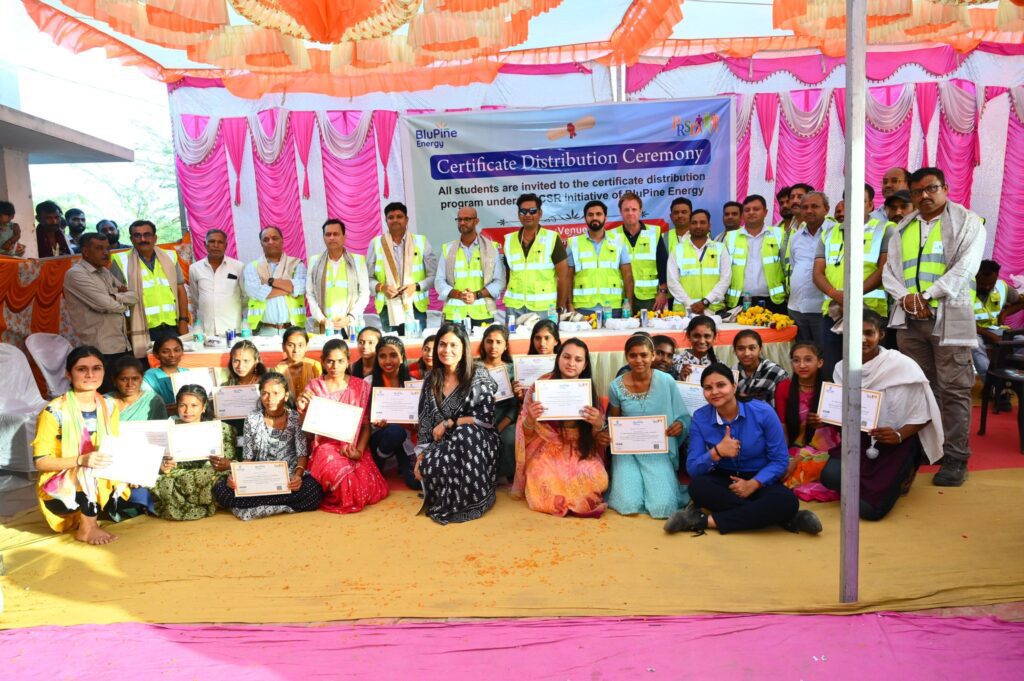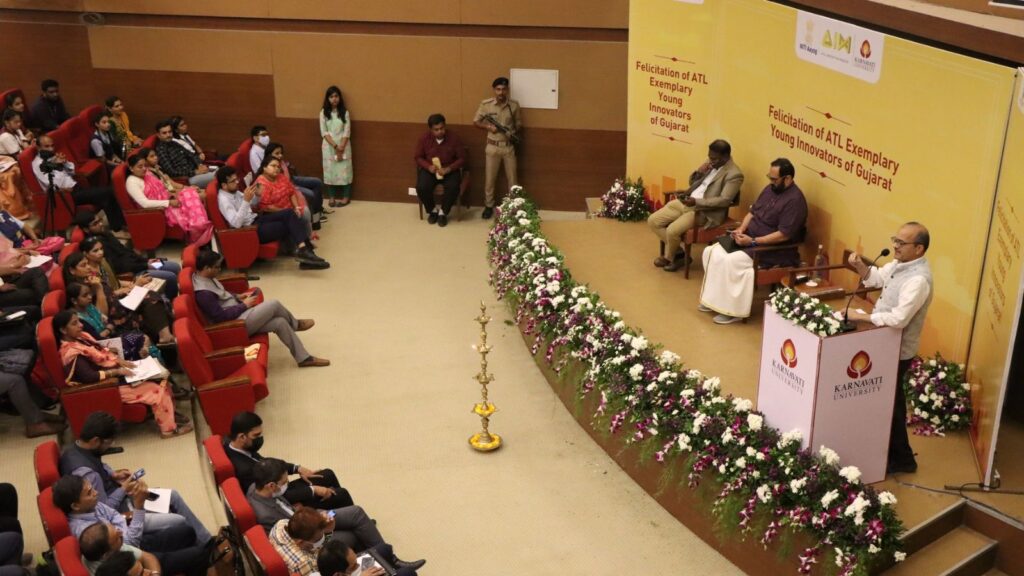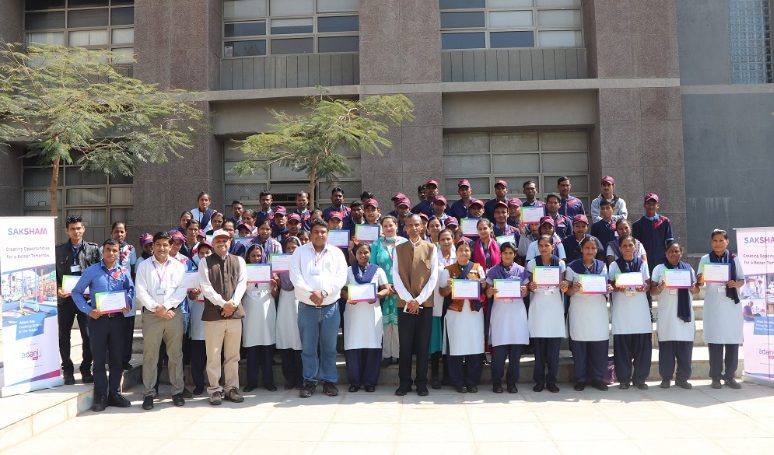Vadodara, Gujarat, India 390012
Gujarat is often called the growth engine. It is a hub for industry. Its economic progress is well-known. However, there is another story unfolding. It is a story of human capital. The state is investing heavily. It is building a skilled workforce. It is a massive undertaking. The goal is ambitious. It wants to be a leader in skill development. This is its new identity. It is a new vision for the future. We will explore this amazing journey. We will look at its challenges. We will also celebrate its successes. This is Gujarat’s skills revolution.
No single entity can drive change. The skill development ecosystem is complex. It involves many different players. Each stakeholder has a crucial role.
The Government of Gujarat is the main driver. It formulates all the policies. It launches various schemes. The Labour, Skill Development & Employment Department leads this. It sets the direction for the state

Industrial Training Institutes (ITIs) are vital. There are hundreds of them in Gujarat. They provide foundational vocational training. The government is upgrading them. It is modernizing their infrastructure. It is converting them into Centers of Excellence.
The Private Sector is a key partner. Many leading companies are involved. Maruti Suzuki, Adani Group, and Tata Motors are partners. They have signed MoUs. They collaborate on training. This ensures training is industry-ready. It helps to bridge the skill gap. They also provide much-needed funding.
The Education System plays a big part. Universities are now focusing on skills. Gujarat has established a new university. Kaushalya: The Skill University (KSU) is the first of its kind. It offers skill-based courses. It collaborates with industries. It is building a new education model.
Non-Governmental Organizations (NGOs) and community groups also help. They work at the grassroots level. They help to mobilize youth. They connect people to training centers. They ensure programs reach marginalized groups. This is a crucial part of the process.

Gujarat’s government has a clear strategy. It is led by the Gujarat Skill Development Mission (GSDM). The mission was set up in 2009. Its aim is to provide a complete picture. It wants to analyze all programs. It aims to see how many people get jobs. Here are some of the key initiatives.
Kaushalya Vardhan Kendra (KVKs): This is a flagship program. It was launched to provide training. KVKs offer skill development to youth. They operate in village clusters. They have centers in urban villages too. This makes training very accessible. There are over 500 KVKs active. There are also centers for the blind. This promotes inclusion-based training.
Vocational Training Centers (VTCs): These were launched for tribal areas. It was a part of the Vanbandhu Kalyan Yojana. The goal was to double tribal incomes. Over 615 VTCs were launched. They operate under a PPP model. They conduct training for candidates. This is a very targeted program.
Mukhyamantri Bhavishyalakshi Kaushal Vikas Yojana: This is a forward-looking scheme. It aims to create a skilled workforce. The program provides training for youth. It targets around 1 lakh candidates. It prepares them for the future. This is a very ambitious target. It is a key part of the vision.
Flexi MoUs: This is a unique approach. GSDM has signed many MoUs. It has partnered with companies like L&T and Tata Motors. These agreements provide flexible training. They align courses with industry needs. This ensures a high placement rate. It helps companies get skilled labor. This is a win-win situation.

Gujarat has taken a bold step. It created a dedicated skill university. KSU is transforming education. It offers degrees in vocational trades. It collaborates closely with employers. The curricula are very relevant. Students get hands-on experience. They also get workplace training. This model is truly innovative. It sets a new benchmark for others. It aims to equip a workforce. It prepares them for future technologies. This includes Industry 4.0. It is a great example of foresight.
The university also affiliates ITIs. It expands its training network. It mentors smaller ITIs. This creates a hub-and-spoke model. This structure ensures efficiency. It expands access to quality training. It also standardizes the quality. This is a very smart approach.

The private sector is not just a partner. It is a co-creator. Companies contribute through PPP models. They bring innovation and capital. They provide management efficiency. They help design the curriculum. This makes training very practical. It ensures the skills are in demand. Companies like Maruti Suzuki and Adani Group are involved. They help upgrade ITIs. They provide assistance of up to ₹2 Crores. They also help with placements. This is a true collaboration.
Corporate Social Responsibility (CSR) also plays a role. Companies contribute to upskilling initiatives. They invest in the future. They help create a skilled labor force. This aligns with their needs. It also fosters community development. This creates a positive cycle. This approach is very effective.
A1: The main goal is to create a skilled workforce. It aims to bridge the gap. It connects demand and supply. It ensures youth get jobs.
A2: The government uses a PPP model. It collaborates with industries. It signs Flexi MoUs. This ensures courses align with needs.
A3: Yes, there are. VTCs are for tribal areas. They are part of the Vanbandhu Kalyan Yojana. Other schemes target specific communities.
A4: They are being upgraded. They are becoming Centers of Excellence. This is done with private partners. The government provides financial assistance.
A5: They provide funding and expertise. They help design curriculum. They offer practical training. They also help with placements.
Gujarat is moving forward. It is not just about industry. It is about its people. The state is investing in its youth. It is building a future-ready workforce. It is a story of vision and execution. It is a lesson for the nation. It proves that a public-private model works. It shows that skills are the new currency.
What do you think is the most innovative aspect of Gujarat’s model? What skills do you think will be most in demand in the future? Share your thoughts below!
#SkillGujarat #SkillDevelopment #GujaratGovernment #GSDM #KaushalyaVardhanKendra #FutureSkills #MakeInGujarat #YouthEmpowerment #VocationalTraining #IndiaSkills #GujaratITIs #SkillIndia
房中秘术 Sep 22, 2025 at 05:38 pm
房中秘术、泡妞把妹、丰胸美体、奇淫巧技!价值十万电子书下载网址:https://www.1199.pw/